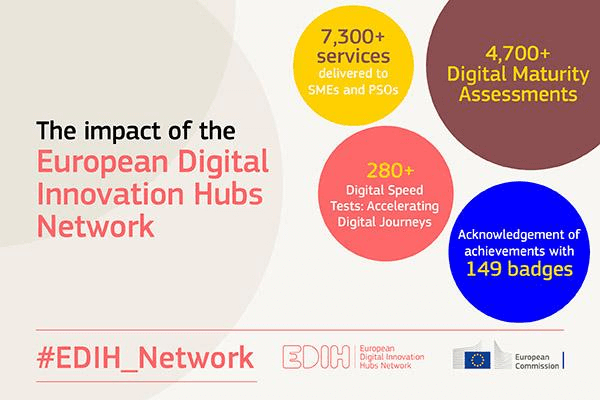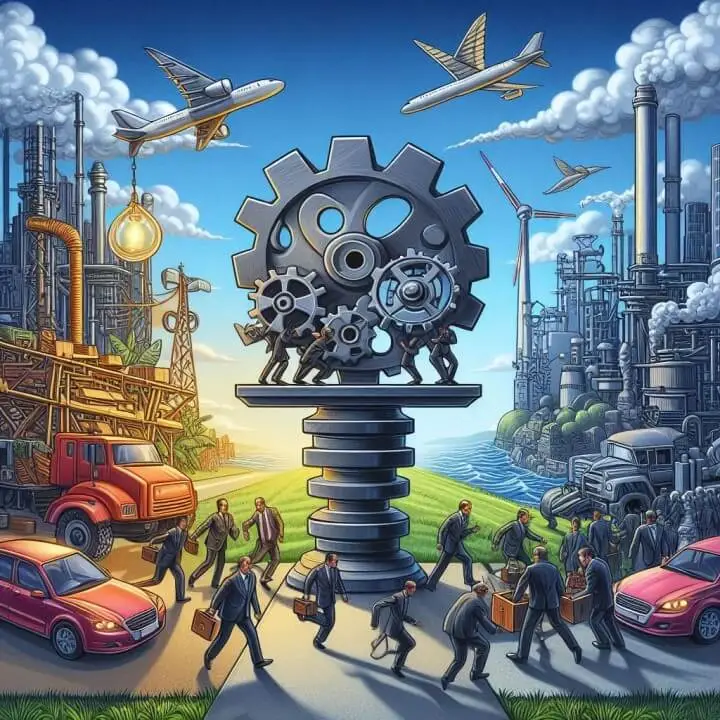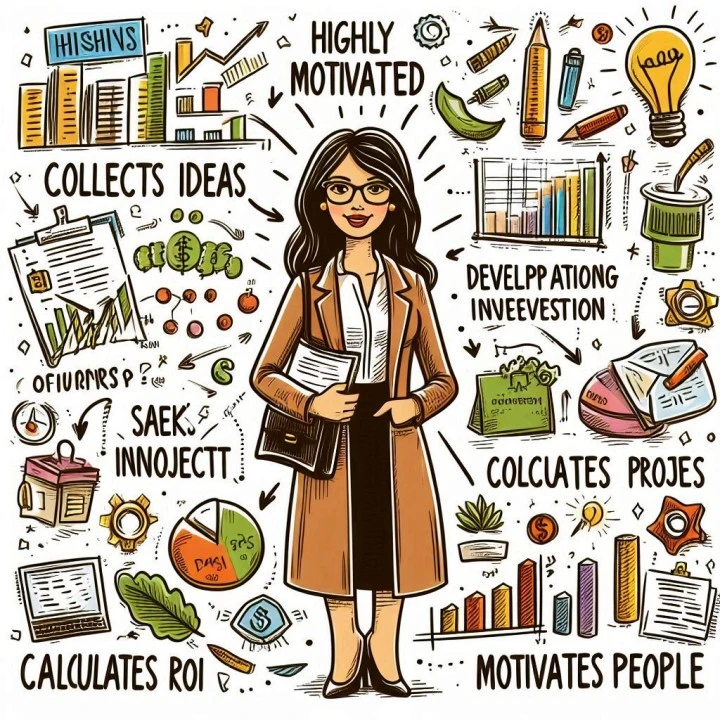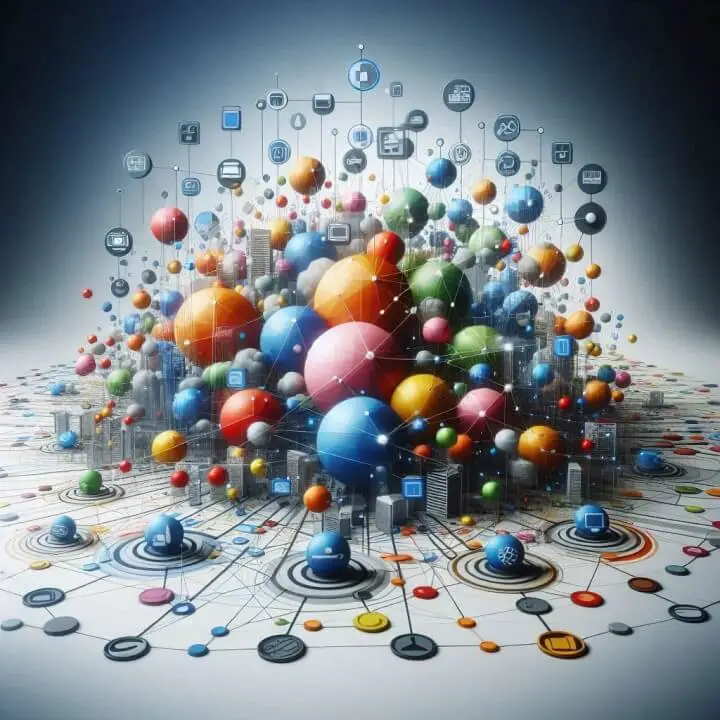
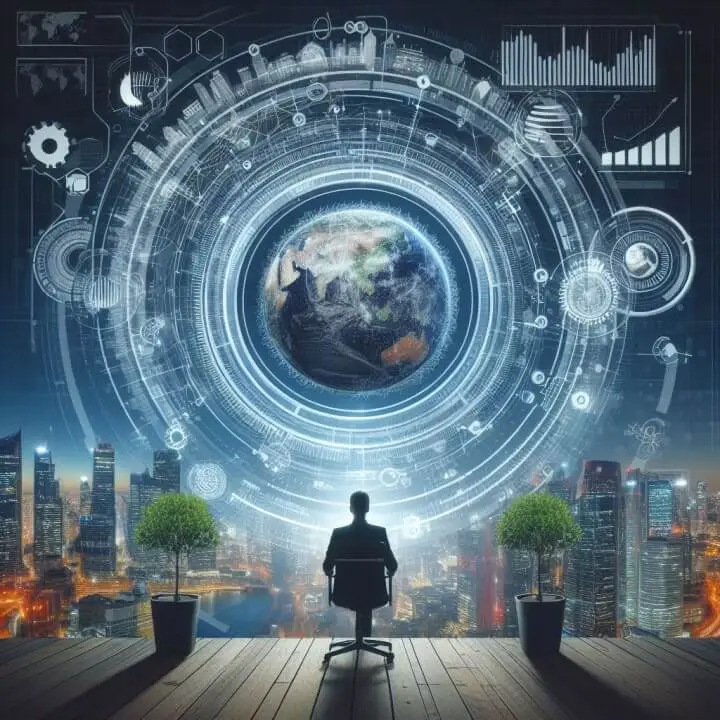
Anyone working on new solutions needs to think about the future. New solutions are only successful if they meet the current and future needs of customers. The question now is what those needs will be? "If I had asked people what they wanted, they would have said faster horses." This quote from Henry Ford quickly comes to mind in this context.
Fortunately, we now have access to a wide range of digital tools that help us to identify trends. With crowdsourcing or open innovation methods, we can go one step further and involve customers directly and interactively in innovation processes. There are also specialized agencies and research institutes that regularly publish trend reports. Patents and patent searches are also an interesting source. The frequency of applications shows which technologies are currently in focus and also where they are to be used.
Having gained insight into various industries, research projects and technologies through my many years of lecturing, training and coaching, I would like to condense this innovation experience into three trends that will become increasingly important in innovation management in 2024:
It has taken several decades to recognize (or rather accept) that global logistics and value chains are vulnerable and can therefore become a supply risk. The pandemic has put many an industry in a state of emergency, e.g. protective masks for hospitals were suddenly no longer available. The consequences would have been far-reaching, namely the impracticability of operations. Fortunately, we were able to set up local production of these products.
In the meantime, many industries have also realized that we only have a limited amount of resources available on this earth. This means that exponential growth (desired by shareholders) of companies on the financial market based on real economic value creation is only possible to a limited extent, if at all. There is not enough material for this and when resources are scarce, prices rise, making the business model unattractive.
Disproportionate growth is a phenomenon of the digital economy, which is why there is currently a focus here too. Copying software or selling meta-information on existing data as value requires little physical material, but IT, software, brainware and energy. In the real economy, however, the question increasingly arises as to where the ideal location for production is in order to have sufficient resources nearby.
Products can be understood as networks of connected resources and in recycling, waste now becomes a valuable resource. Depending on the degree of refinement, today's waste has different values. For example, the fabric of a shirt already contains woven, dyed and refined cotton fibers that can be returned to the cycle of use more quickly and with fewer resources in an "upcycling process". Yesterday's garbage dump thus becomes the resource park of the future.
In addition, a growing (still small) proportion of the population considers the circular economy to be important and desirable and is also prepared to spend money on it. "Green washing", i.e. "pretending that everything is ecologically correct", is already being punished by some media and consumer advocates and can cause major damage to a company's image.
Conclusion: Based on the trend of "using instead of owning", we will see more recycling, upcycling, repair cafés, swap meets, etc. in the future. These trends will drive innovations that also make economic sense. The European Commission's "Green Deal" provides a wide range of future requirements, regulations, bans, but also reporting obligations for companies in the form of sustainability reports (ESG - Environmental, Social, Corporate Governance). The pressure for implementation currently depends on the size of the company (only a few by 2024), but should already be on the agenda of strategic corporate management today. However, there is already a growing number of companies that have been preparing sustainability reports based on the SDGs (UN Sustainable Development Goals) for some time.
How much human intelligence will we need to be able to work and live well with artificial intelligence (AI) in the future? I already asked this question in the blog post from January 7, 2024 and it will be a major issue for us in 2024. Although there are plenty of courses to learn "prompt engineering" for ChatGPT, the critical examination of AI tools still seems to take some time. After all, we will have an AI service center in Austria.
ChatGPT has definitely caused the development of AI apps or AI tools to increase exponentially at the moment. This is mostly due to the fact that investors are also interested in these topics as an investment target, which means that we will climb even higher up the hype cycle this year. The question I'm asking myself right now: What will be left after this AI hype as tools that can be used sensibly and in the sense of simple, transparent, ethically correct and legal?
Does it really make sense if I have an e-mail generated automatically, where I specify the style and then receive an automatically generated e-mail back from another machine? Do the machines end up talking to each other? Well, machines already do this anyway via standardized data formats, but usually with a specific purpose and benefit outside of or in support of human communication.
In my view, the interaction of human intelligence and swarm intelligence with AI tools will be decisive for acceptance and meaningfulness. "People follow people" is a phrase that coach and trainer Frank Asmus repeatedly emphasizes, and I can take a lot from it.
Conclusion for innovation management: We will have to take a close look at AI tools, but their use in the innovation process is predictable and makes sense. This idea is not new either: I built the first inspiration machine with my team back in 2009, which networked different data in a similar way to today's AI solution and provided users with creative impulses in the form of texts or images. Unfortunately, that was 15 years too early. In addition to inspiration, AI tools could also be helpful in networking creative people or evaluating ideas.
In an interview, Alexander Osterwalder said: "Managing directors must spend 40 to 60% of their time on innovation." I now know many companies that have established innovation management in the form of a staff position under the CEO or Board of Directors. The consistent and strategic approach to innovation in top management will continue to gain attention in 2024, but we are generally still a long way from 40% capacity for innovation management.
Companies are built to be stable, to execute processes as error-free as possible and to build solutions that are of high quality. Anyone who constantly comes up with new ideas and solutions quickly becomes a disruptive factor in such a system. The solution for more creativity and resources for innovation clearly starts with top management. Since the most valuable resource for innovation (apart from euros) is the knowledge of the minds in the company, there needs to be strong leadership for innovation.
As the pressure to innovate increases disproportionately, this topic is becoming crucial for the resilience and survival of companies and organizations. Agility alone is not enough, it requires the authentic persuasion of managers and the involvement and cooperation of all minds in the company, from the porter to the CEO.
Modern digital innovation management creates the scope for this and the bright minds we are currently looking for on the job market will demand it. At the same time, new value systems on the end customer market will also demand new solutions and products. Innovation leadship is therefore also important in the use of AI tools as part of the circular economy. This brings these three topics full circle.
As always, I look forward to feedback and wish you a relaxing and creative Sunday!
Reinhard Willfort, Innovation Doctor, www.willfort.at

